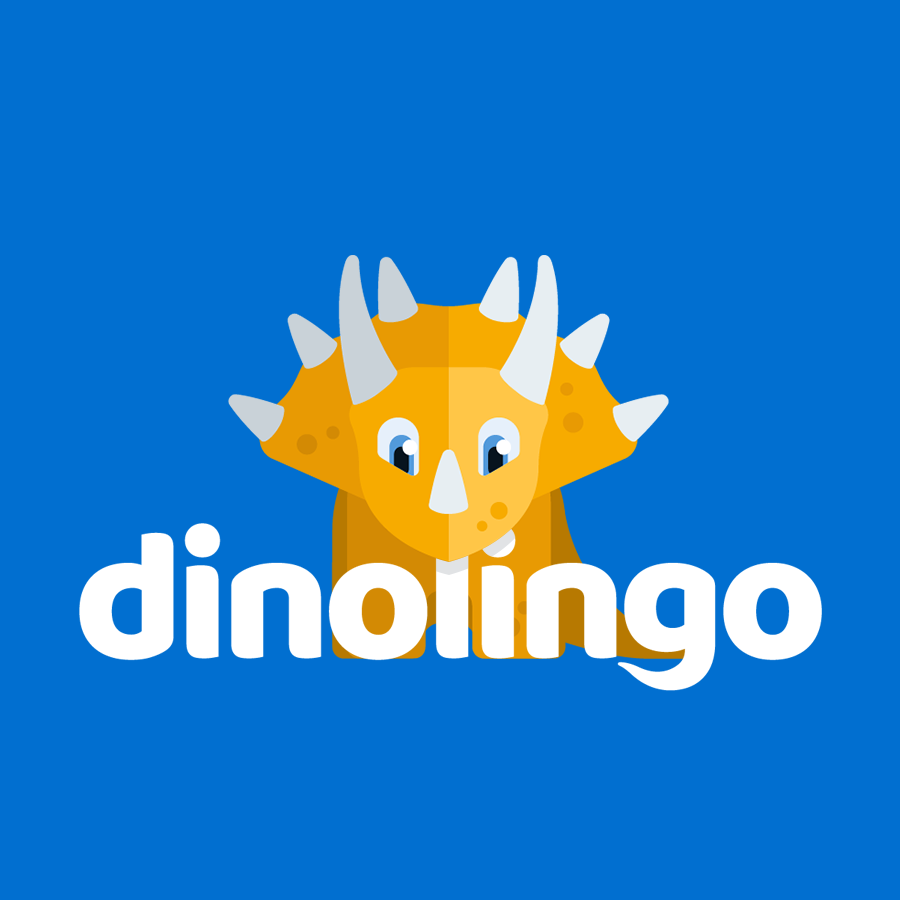Japan’s Children’s Day: A Colorful Holiday of Strength and Joy
May 5th is Children’s Day in Japan, known as Kodomo no Hi (こどものひ), a national holiday filled with color, meaning, and tradition. This special day celebrates the health, happiness, and growth of all children, making it one of the most heartwarming dates on the Japanese calendar.
The Meaning Behind the Carp Windsocks
One of the most iconic sights on Kodomo no Hi is the colorful display of carp-shaped windsocks called koinobori (こいのぼり). These streamers flutter proudly from rooftops and balconies across Japan.
Each carp represents a member of the family:
- Black carp: the father
- Red or pink carp: the mother
- Smaller colorful carps: the children
The carp (koi) was chosen as a symbol because of its strength and determination to swim upstream—qualities parents wish for their children.
Historical Roots and Modern Meaning
Kodomo no Hi traces back to an East Asian tradition called Tango no Sekku (端午の節句), once focused on boys’ strength and well-being. Celebrated on the 5th day of the 5th lunar month, it marked the start of the rainy season.
Today in Japan, the holiday includes all children, regardless of gender, and is a joyful part of Golden Week, a major vacation period for families.
Traditional Treats: Sweet, Symbolic, and Delicious
One of the must-have treats on Children’s Day is kashiwamochi—soft rice cakes filled with sweet red bean paste, wrapped in oak leaves (kashiwa). The oak leaf symbolizes prosperity and strong family ties, since old oak leaves don’t fall off until new ones appear. It’s a subtle but powerful message about continuity and love across generations.
Symbolic Displays: Kabuto Helmets for Bravery
In homes with boys, you might find a kabuto, a traditional samurai helmet, beautifully displayed as a symbol of bravery, protection, and strength. These displays range from simple to incredibly detailed, with some crafted sets costing as much as $1,000. They’re meant to inspire and remind children of their inner resilience.
Learning About Kodomo no Hi with Dinolingo
At Dinolingo, we love how Kodomo no Hi combines language, culture, and emotion into one unforgettable day. In our Japanese language program for kids (ages 2–14), learners explore more than just vocabulary—they discover cultural events like Children’s Day through animated lessons, interactive games, and printable activities that bring tradition to life.
Available on web, iOS, and Android, Dinolingo allows children to see and hear the meaning behind koinobori, kabuto, and other beautiful customs while practicing Japanese in a fun and engaging way. The parent dashboard makes it easy to track progress and join the celebration of learning together.
Final Thought: A Day Every Child Deserves
Whether it’s watching carps dance in the sky or sharing mochi with family, Kodomo no Hi is a heartfelt reminder of how much children are cherished. It teaches strength, gratitude, and connection—values that go hand in hand with language learning.
For young learners, it’s not just a holiday—it’s a chance to feel seen, celebrated, and inspired through culture-rich storytelling and joyful traditions.
